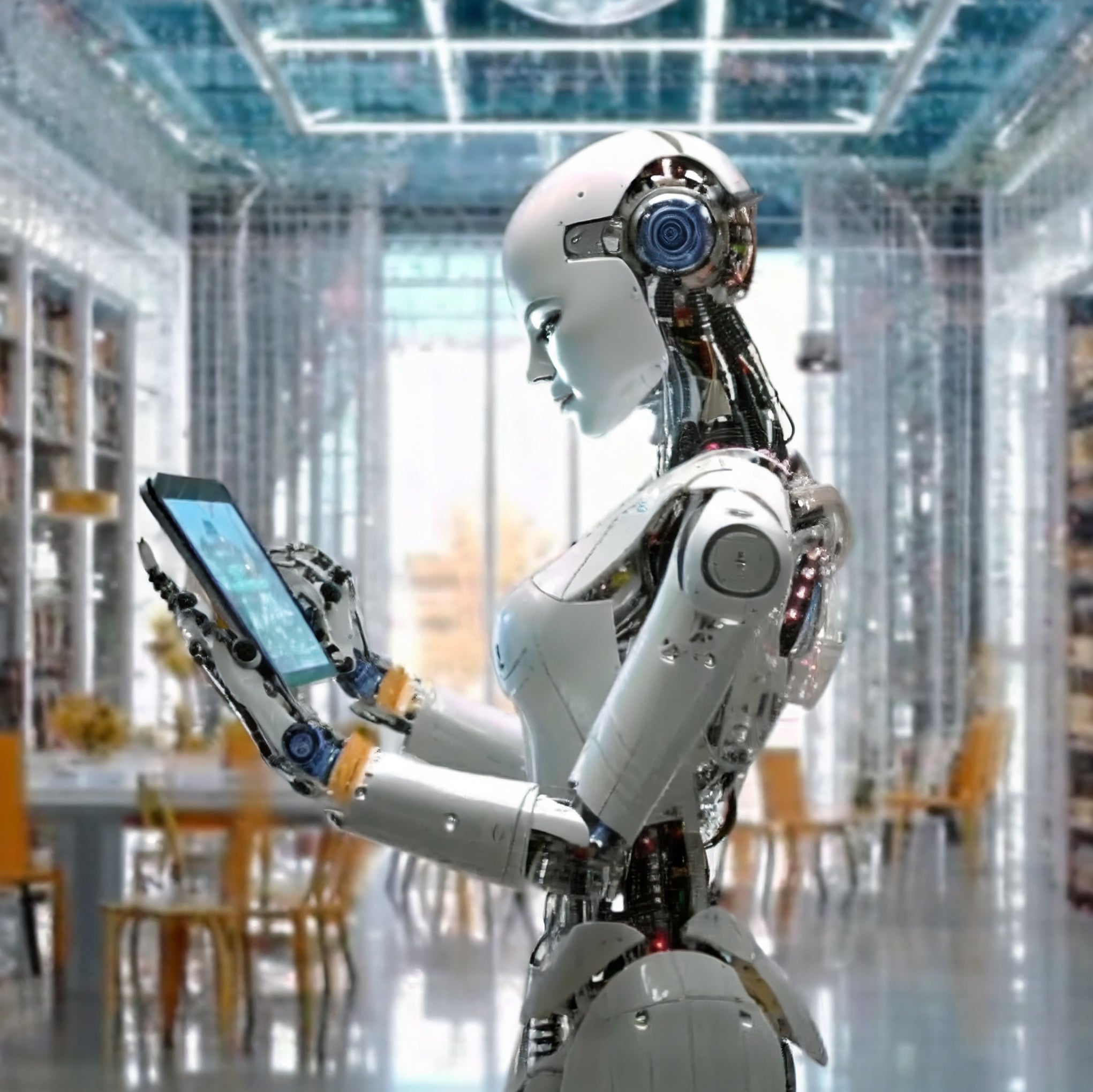-
搜索
Search
How the Embedded Industry is Wrong About AI, and Why It Matters
Nov 13, 2023
By Synaptics Incorporated
These days it seems like every conversation in the Embedded space at some point turns to AI, and its utilities, possibilities, and capabilities. But all too frequently, those conversations start by categorizing AI as an application, when, in fact, AI is a unique technology that acts as an underlying enabler of applications. Let’s talk about why that is.
 This post is part one of a two-parter. Part two focuses on the AI ecosystem and a rundown of the key tools developers and engineers need for AI implementation. For right now, let’s dig into the key uses for AI for both consumer and industrial enterprises. The key thing to see is how AI is enabling these key applications and not an application itself.
This post is part one of a two-parter. Part two focuses on the AI ecosystem and a rundown of the key tools developers and engineers need for AI implementation. For right now, let’s dig into the key uses for AI for both consumer and industrial enterprises. The key thing to see is how AI is enabling these key applications and not an application itself.
Some of the confusion about all of this arises because AI seems to sit in the middle, between other enablement tech and applications. What is happening is that AI is the target of a huge amount of development energy in creating algorithms and event processors, so it can appear that these underlying systems are aimed at the “application.” Of course, what’s really happening is that, in the case of AI, much like IoT before it, there usually are multiple layers of enablement technologies, all working to enhance the application on top.
Practically, as an enablement technology AI is not substantially different from any low-power network, low-latency compute, or layered security algorithm. All these work within the embedded system to enable it to perform better, faster, more efficiently or closer to optimal. AI is perhaps uniquely suited to help across several of these benchmarks, and for that reason is very likely to continue appearing as part of many different applications, across industries, in addition to the other enablement technologies in play.
These complex interactions that put AI in the middle of the application enablement stack arise because the technology is not really mature. The limits and capabilities are still out of view, the tools are still being developed and the processes are often experimental. Many times, the very question of whether AI is appropriate or necessary for inclusion is a matter for debate. Often, AI implementations are overly complex when a simpler ML option would be better, more efficient and certainly cost-effective.
Industrial AI
The field of blue-sky predictions for AI in industrial applications is well-tilled soil. A great mass of development is pointed toward achieving true predictive maintenance, an application that will revolutionize automation and safety at scale. And with ever-growing Big Data sets from ever-more sophisticated sensor technologies, AI-powered algorithms are making improvements all the time. This allows for anomaly detection, measured wear and tear, and schedule optimization that led toward predictive and prescriptive maintenance systems that will reduce costly downtime.
It's not all about maintenance, though. Industrial enterprises are looking to leverage AI within applications for manufacturing automation and quality control through image and video analysis and machine vision combined with sensor data to detect and prevent defects, anomalies, and inconsistencies in products and production lines.
On the supply chain side, AI-powered algorithms are already analyzing historical data, commodities, and market trends that drive supply and demand. The continued improvement of these systems is aimed at creating more accurate forecasting, inventory management, logistics optimization, and resource allocation across the entire supply chain from energy resources to retail storefront.
Consumer AI
Speaking of retail, on the consumer side, we’re seeing AI-enabled tools improving UI and mobile apps, and personalized recommendations based on history, self-identified tastes and interests, and behavior tracking for everything from CPG and entertainment to healthcare and (ironically) privacy tools.
In smart home automation, we’re seeing early applications, but more sophisticated AI will power systems that can automate and optimize all kinds of mundane functions in the home, from managing lights and entertainment systems to HVAC and home security, all based on learned behavior pattern sets.
In the aforementioned healthcare world, there has long been talk of AI-assisted diagnostics, treatment planning and other hyper-personalized services, but the cautious nature of the medical industries will keep these implementations on a slower growth pattern than most other consumer-facing industries. In a future fully “smart hospital” environment, algorithms driven by AI will use broad statistical medical data, patient health records, and the latest research to analyze symptoms, sensor data from patient wearables, and test results to perform doctor-assisted diagnoses and present treatment options.
If that sounds like a wild future prediction, buckle in, because that’s where AI technology is going to allow us to go. First, however, we need to fix this misconception in the design community about where AI sits in the stack. It’s critical to move from thinking about designing AI as an application itself to instead leading with how AI can enhance applications that will solve the problem on hand.
A great way to get started in making this shift is to seek out good educational resources and training in defining AI and its capabilities. Engineers and developers have to have the best available and most accurate information about AI principles and best practice, algorithms, tools and technologies, and that information is easily available from industry leaders like Synaptics, often for free.
Get Started Today
Synaptics has created a multi-modal scalable Edge AI platform that couples both hardware and software on the same platform for building AI-enabled applications. Expertise in that merger of physical hardware and virtual software is one you should expect from any company offering this kind of training. Synaptics provides open-sourced frameworks, tools, models, and techniques for creating AI-powered applications, and it is establishing partnerships with major AI libraries and development tool providers to make it even easier to quickly implement AI applications of all kinds.
As soon as the industry shifts to better understanding the fundamental difference between Ai and applications, the faster the advanced solutions and capabilities we’ve discussed will become possible.
About the Author
